Why Is The Solar System Flat
Why is the solar system flat. However because the angular momentum is conserved the random movements around the great swirl of the system have fewer things to bounce into and so that motion remains. So over time through collisions and crashes the cloud loses its loft and flattens into a spinning roughly two dimensional disk shape like a solar system or spiral galaxy. This is due to a rule known as the conservation of angular momentum the total amount of spinning in any isolated system such as the Solar System will always remain constant.
As this material gathered under its combined gravity it started to rotate. Also this means the existence of elliptical galaxies is a proof of the existence of dark matter. This allowed the cloud to flatten over time losing its height and becoming.
The Solar System in short formed about 46 billion years ago from a nebulous cloud of swirling gas and dust which coalesced thanks to the irresistibly attractive force of gravity. Elementary its all about the conservation of angular momentum. Anything in the central plane perpendicular to the axis of rotation passing through the centre of mass will begin to orbit the cental mass.
The flatness of our solar system can be ascribed to the law of conservation of total angular momentum. As Reich explains in the video the solar system formed out of a nebulous cloud of swirling gas and dust that clumped together due to the force of gravity. The same situation happens on large scales with galaxies with most of them eventually forming a flat shape with a bulge in the middle a bit like a fried egg.
As Henry from MinutePhysics explains the Universes love of all things flat comes about because of two things - collisions and the fact that we live in three dimensions. Why is the Solar System Flat. Why does everything in the Solar System seem to orbit on the same level.
Have you ever wondered why our solar system is flat. Most planetary orbits in the Solar System have relatively small inclinations both in relation to each other and to the Suns equator. Whenever we have a bunch of things zooming about in space governed by the force of gravity their individual paths would be almost impossible to predict because its so randomised.
What you say implies that all flat types of galaxies are made up of only baryonic matter and its only elliptical galaxies having some dark matter. The Solar System is flat from extending the x axis of the Suns equator.
As Henry from MinutePhysics explains the Universes love of all things flat comes about because of two things - collisions and the fact that we live in three dimensions.
Anything in the central plane perpendicular to the axis of rotation passing through the centre of mass will begin to orbit the cental mass. At this stage the mass of the central part of the cloud is increasing and gravity starting to make material from all over the cloud fall towards the centre. The Solar System does NOT demonstrate curved space. I have often wondered about this and have searched for possible causes with no results until the first of this year 2008. The solar system is not flat. However because the angular momentum is conserved the random movements around the great swirl of the system have fewer things to bounce into and so that motion remains. Actually the flatness of the solar system is one of the pieces of evidence that suggests that the planets formed within a interstellar disc gaseous around the early formation of sun. Also this means the existence of elliptical galaxies is a proof of the existence of dark matter. This is due to a rule known as the conservation of angular momentum the total amount of spinning in any isolated system such as the Solar System will always remain constant.
Ultimately this mainly has to deal with angular momentum. As Reich explains in the video the solar system formed out of a nebulous cloud of swirling gas and dust that clumped together due to the force of gravity. The flatness of our solar system can be ascribed to the law of conservation of total angular momentum. Why is the Solar System Flat. The solar system evolved from a single mass of gas and dust. Particles in the cloud bumped into each other as they spun around a single center of mass and these collisions eventually led. However because the angular momentum is conserved the random movements around the great swirl of the system have fewer things to bounce into and so that motion remains.



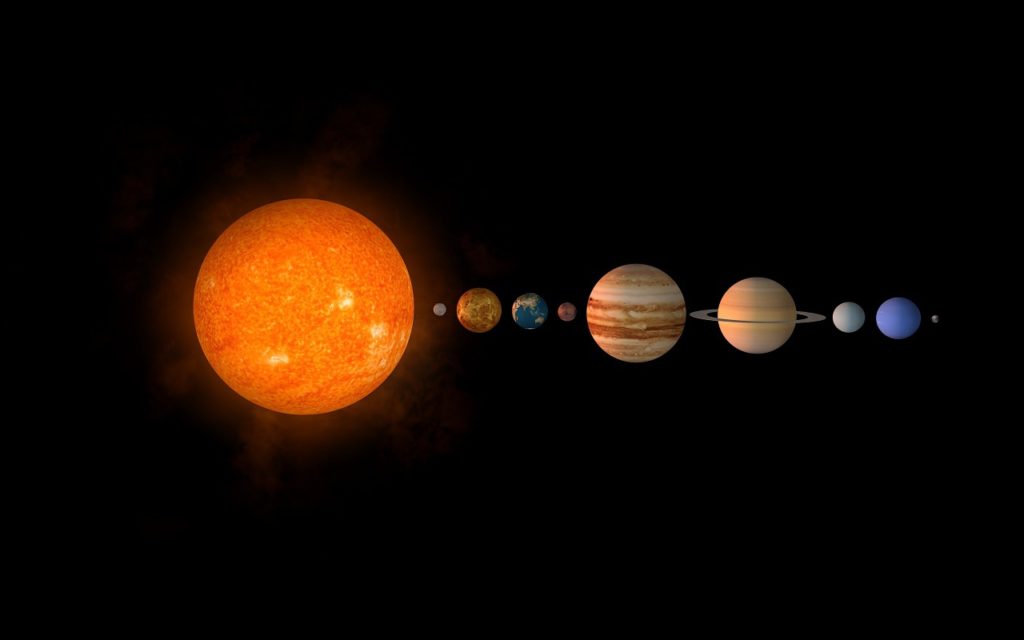
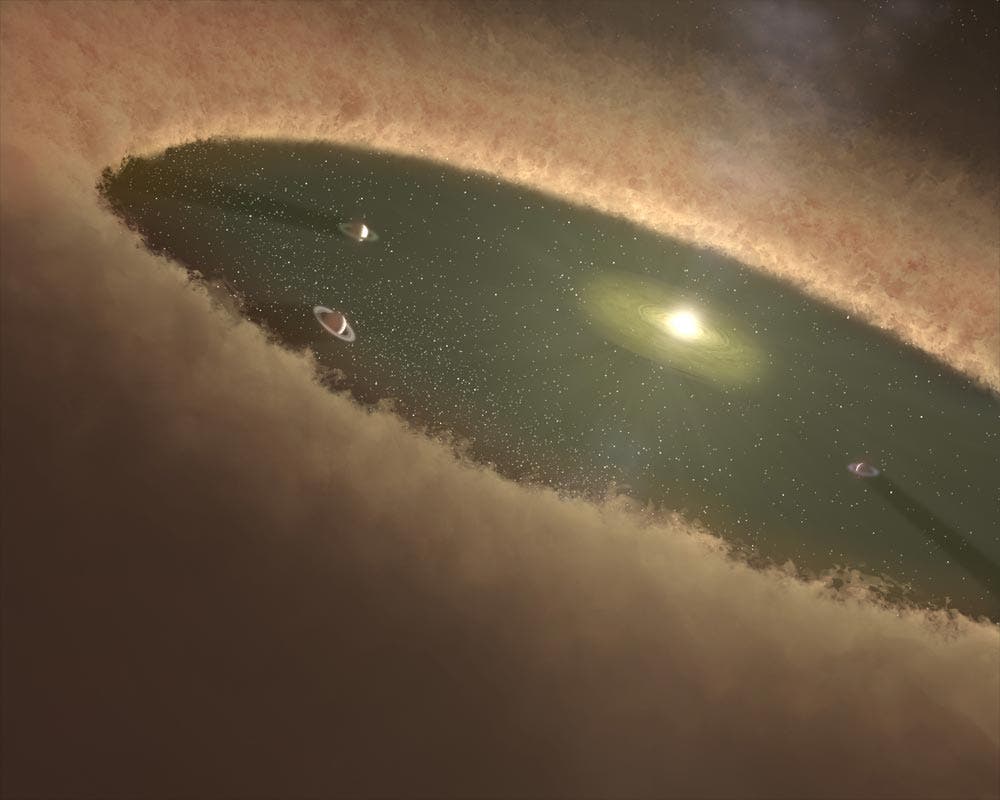









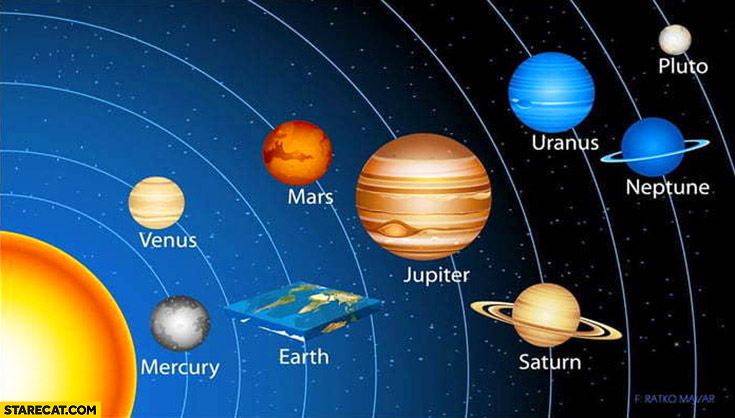
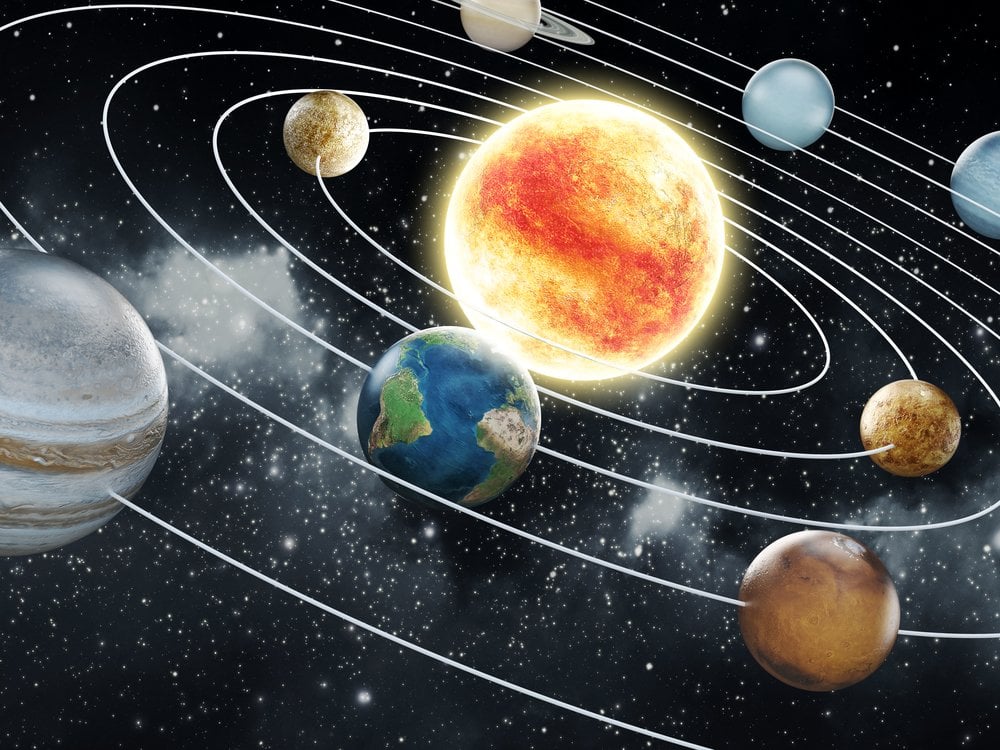

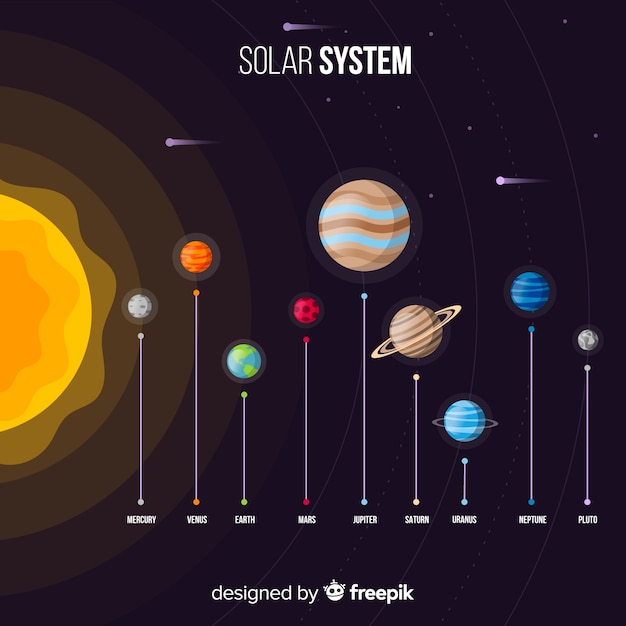


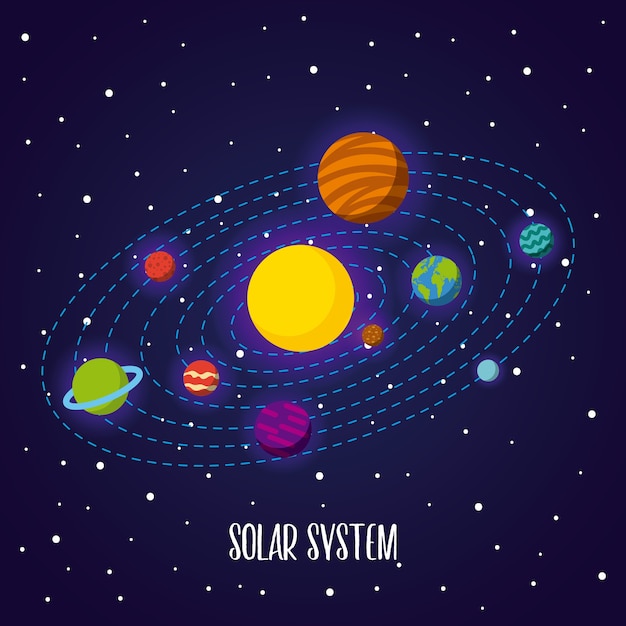





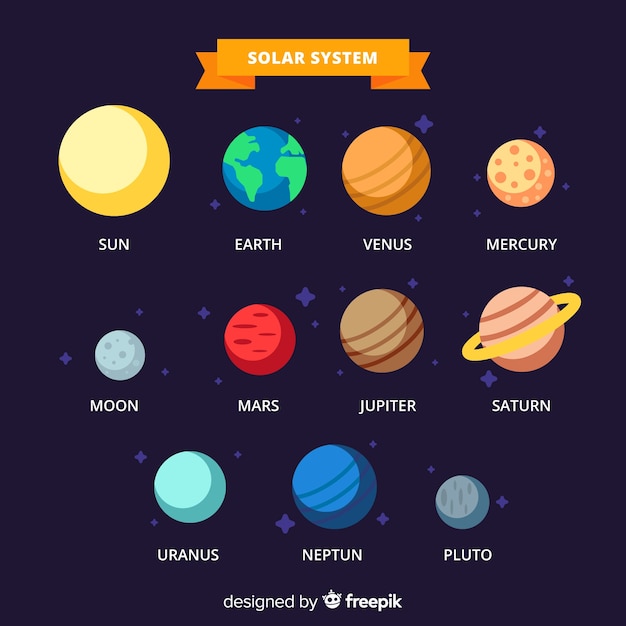

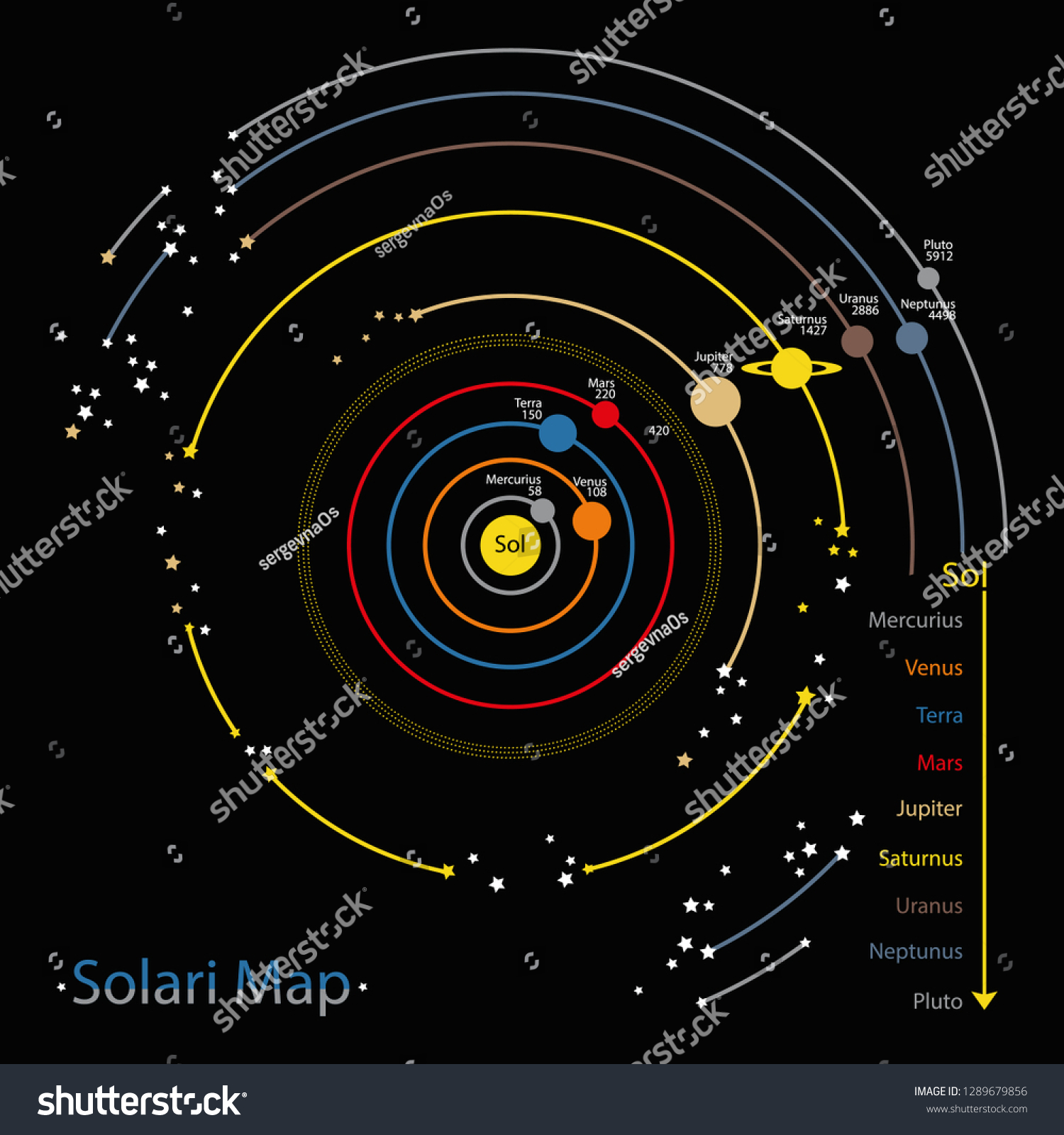



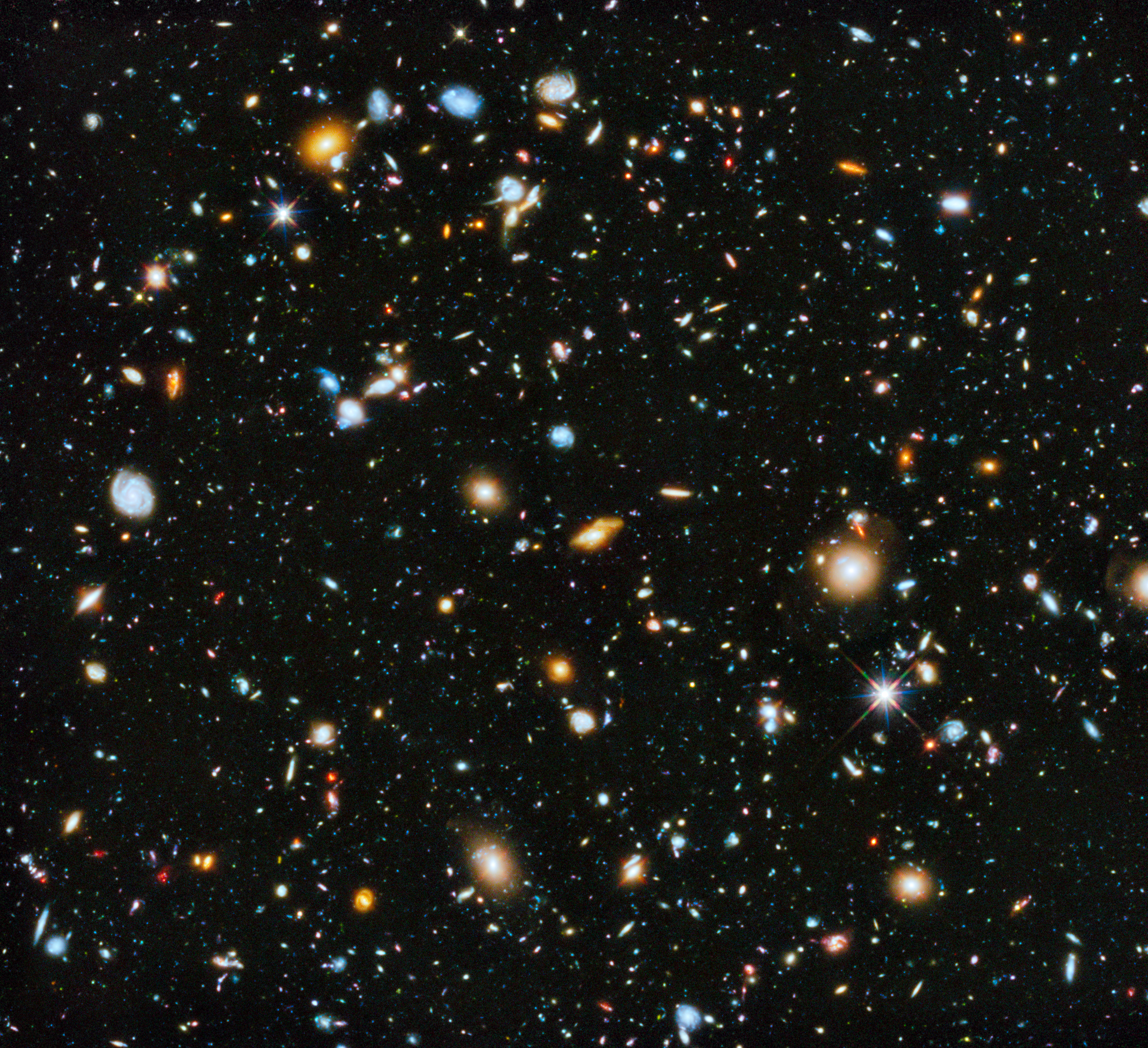




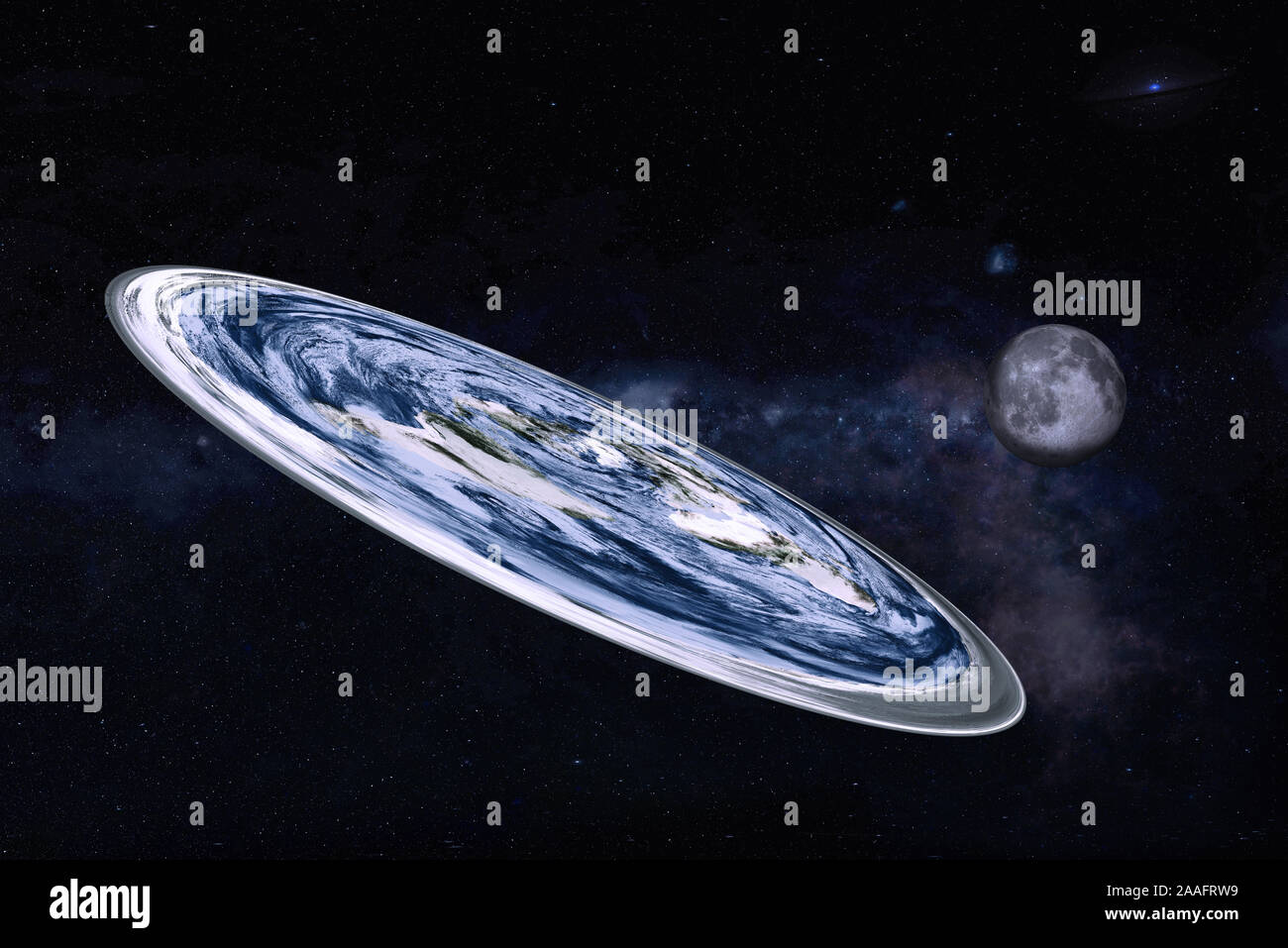
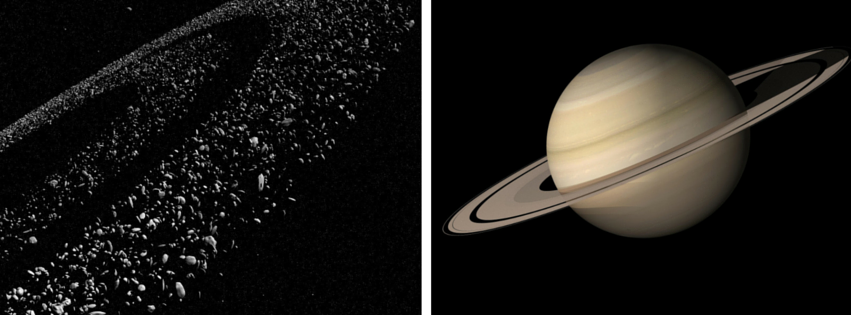
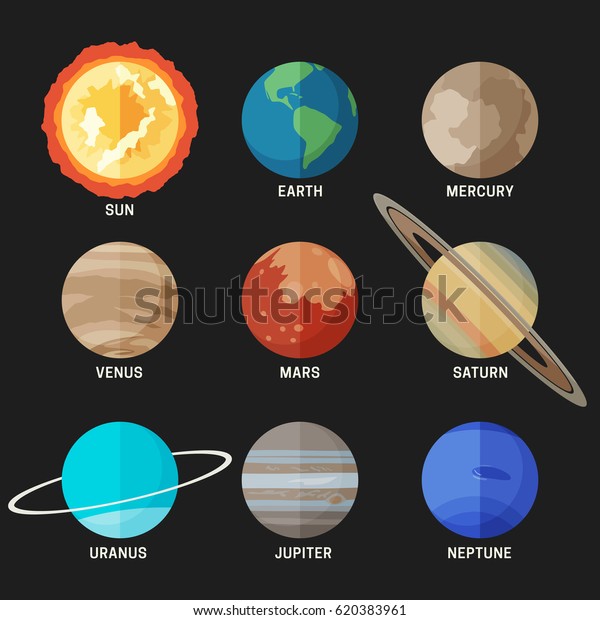
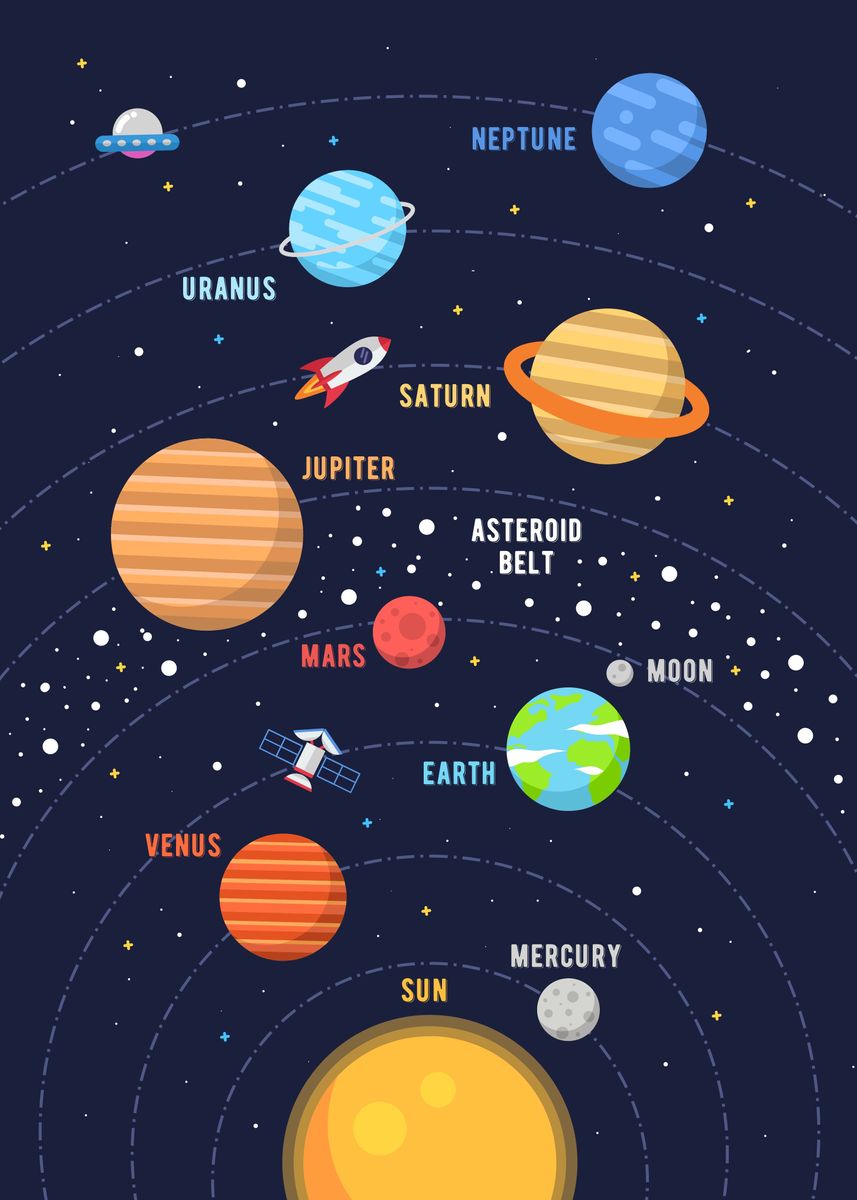

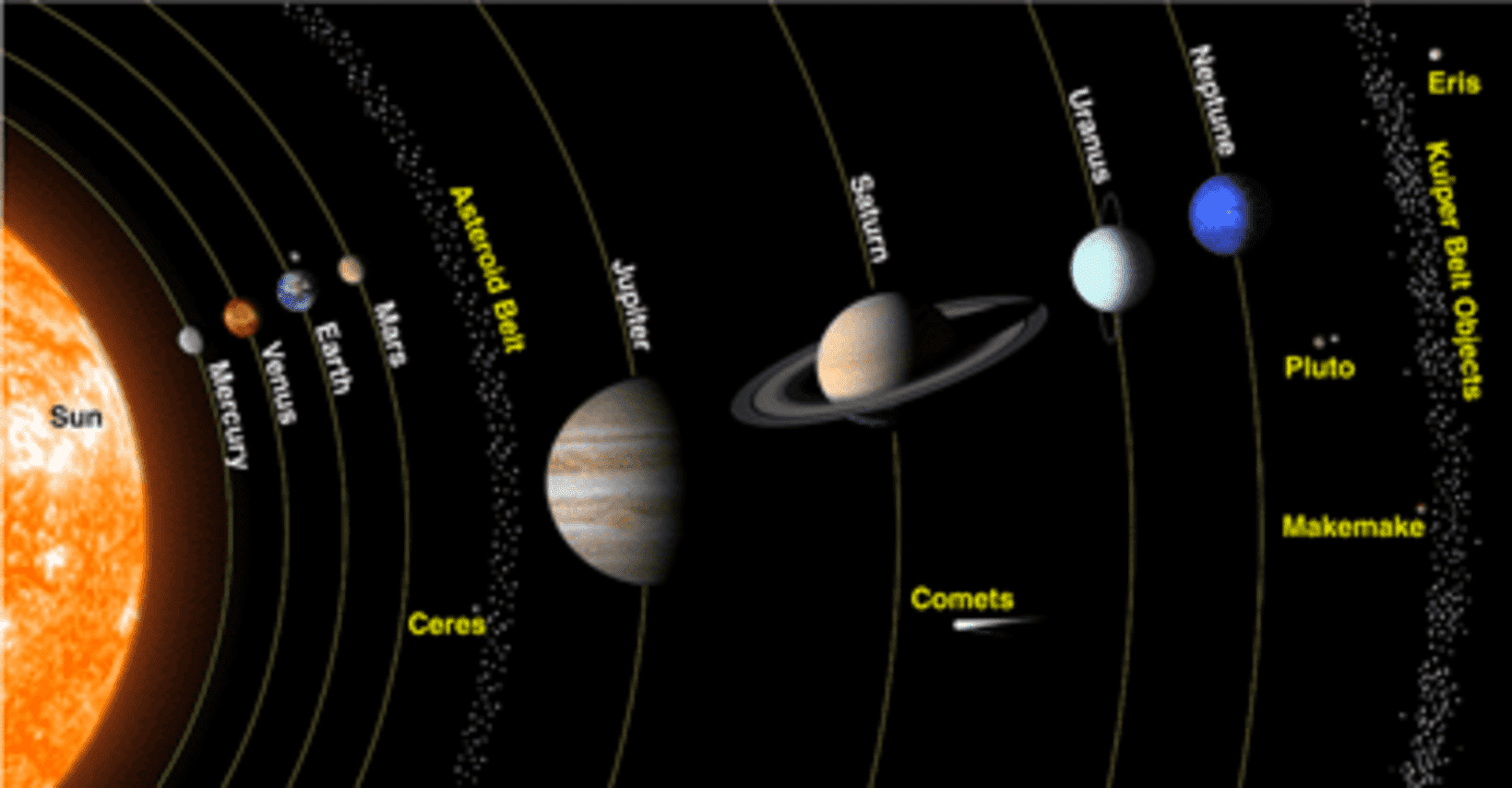

Post a Comment for "Why Is The Solar System Flat"